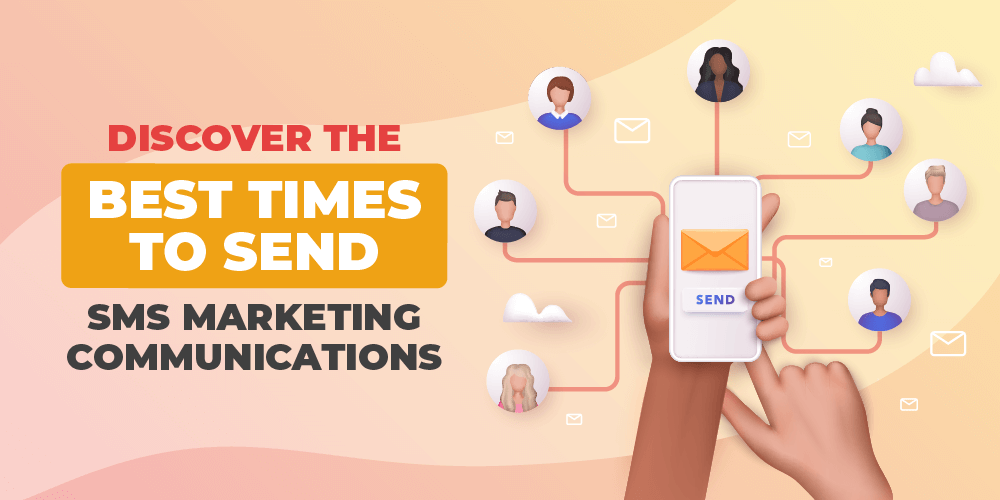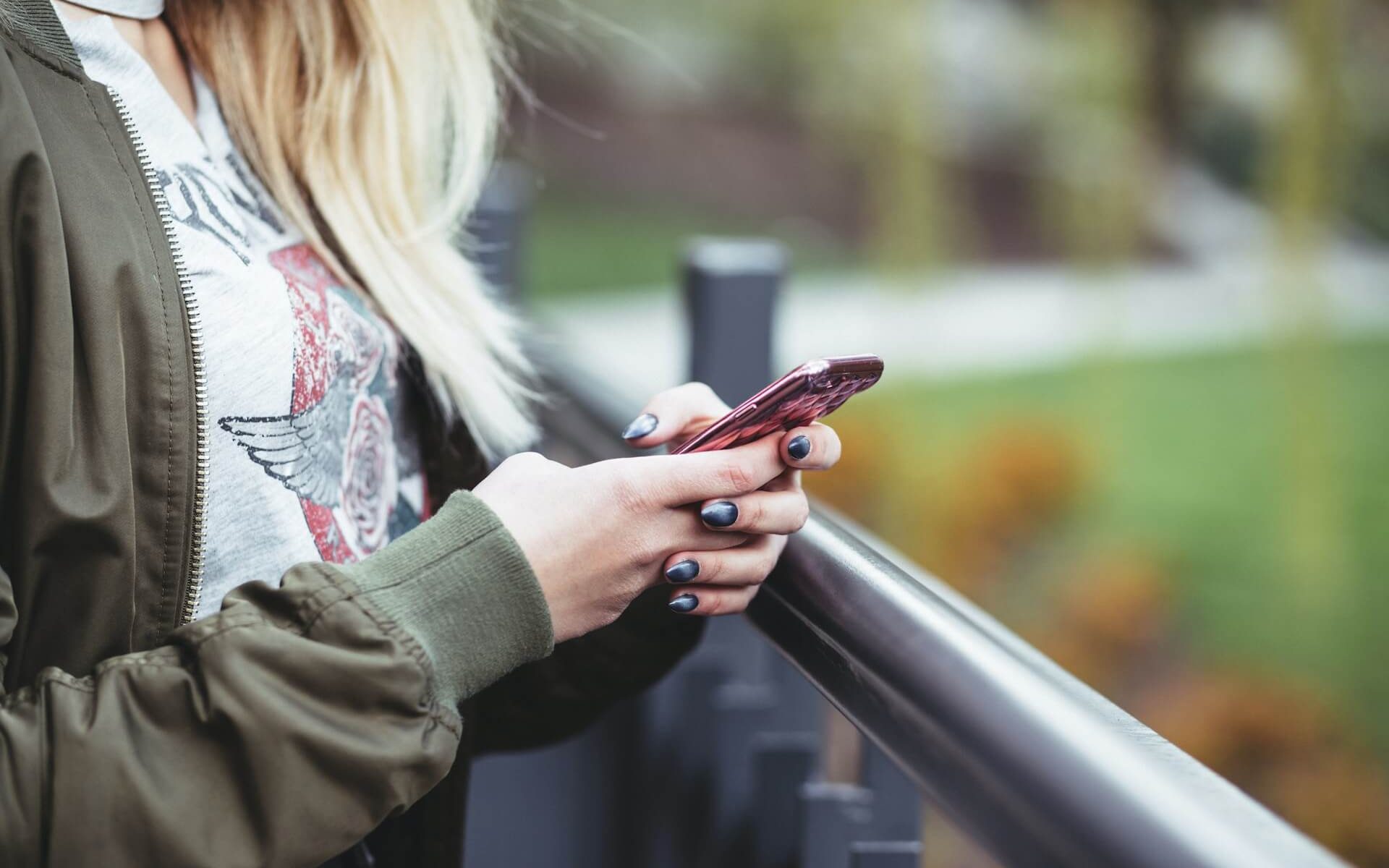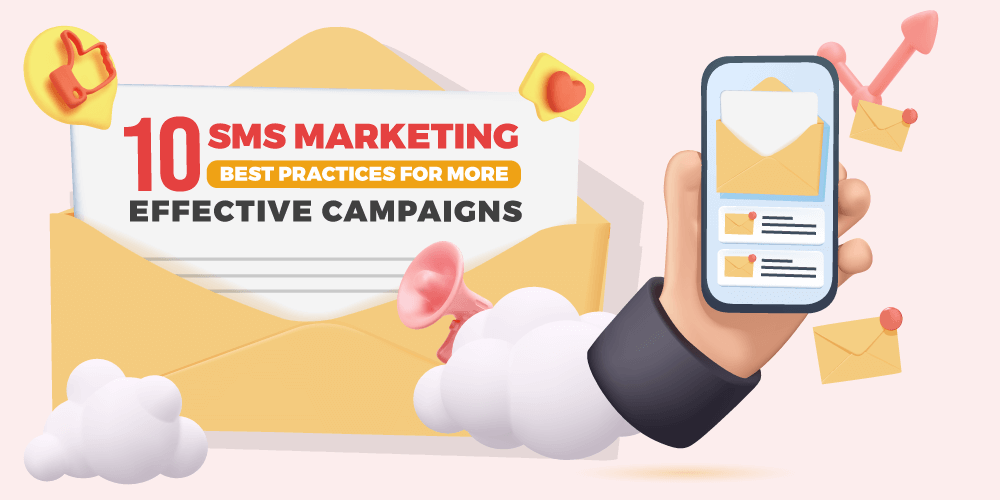When it comes to growing your brand and connecting with your audience, short messaging service (SMS) marketing can be great for improving your reach and engaging with your audience. Texts enjoy a nearly 100% open rate compared to email’s 30%.
In the Philippines, there are nearly 25% more actively-used phones than people, making SMS the ideal way to reach Filipinos. SMS marketing provides an immediate and personal way to engage with your audience. It’s a top-performing channel for promoting sales, announcing products, and sharing exclusive offers.
However, your timing is everything when it comes to SMS marketing. No matter how well-written your offer is, it won’t perform well if it doesn’t land at the right moment. To help you make the most of your SMS campaigns, the infographic below features the best times to send SMS marketing messages and best practice tips.

Best Times to Send SMS Marketing Messages
Noontime may be the most popular time to send SMS marketing texts to coincide with people’s lunch breaks. However, it’s essential to recognize that this popularity also means increased competition for attention.
Instead, it may benefit you more to target the following time slots and avoid this pitfall and other typical mistakes. It’s also important to note that your target demographic can significantly affect what time they’re most likely to be receptive. Careful research and trial and error are the best ways to determine what works for your company.
When to send SMS marketing communications
On a typical weekday, your best options are sending your texts from either 9 am to 12 pm or 5 pm to 9 pm. The first window is for people gearing up for the work or school day. They’re likely checking their texts for work-related messages, so there’s a higher likelihood that they’re attentive and receptive to your marketing attempts.
On the other hand, 5 pm to 9 pm are the hours when people are winding down at the end of their day. You can catch them before they sleep or start spending their leisure time.
For days to target the above timeslots, Tuesday to Friday may be your best bet, as Monday and the weekend have unique considerations. Friday evenings and Saturday mornings are particularly effective for informing weekend shoppers of flash deals or sales.
If you have important promotions for the following week, Sunday evenings may be a good time to target because people generally check their messages to prepare for the days ahead. Finally, the time leading up to a major holiday like Christmas can help you catch many individuals actively seeking gifts or planning events.
When NOT to send SMS marketing communications
Texting earlier than 9 am can cause immediate friction and annoyance as recipients might still be sleeping or getting ready for their day. After all, no one wants to wake up to a sales pitch, or even worse, to be woken up by a sales pitch.
Similarly, after 9 pm is a no-go because lifestyle activities and personal time typically dominate later hours. Your SMS may interrupt or intrude upon a person’s relaxation and leisure activities, which immediately puts you at a disadvantage.
For days to avoid, start-of-the-week concerns and work-related priorities fill people’s Monday mornings. Your text will likely get buried amidst the recipient’s hectic schedule and immediate focus on catching up with tasks.
You’re also likely wasting your marketing efforts if you send promotions on Saturday evenings. This time and day are the peaks of in-person shopping and outings, so eCommerce activity decreases during this time. The holidays are another period where people won’t appreciate your promotions because most people are busy spending time with their loved ones.
Tips to Optimize the Timing of Your SMS Campaigns
1. Send texts at an odd time
Most SMS campaigns send their texts on an hourly or half-hourly basis. While human brains are wired to find these round numbers appealing, it’s best to avoid these slots so your text can dodge the flurry of promotions. Try for offbeat times not ending in 0 or 5 (e.g., 10:22 or 6:47) to stand out in your target’s inbox.
2. Dispatch transactional texts ASAP
Transactional texts trigger via customer action, such as a purchase confirmation or account update. You must send these follow-up texts immediately, no matter the time or day, to avoid making them wait. Customers expect real-time updates, and immediate delivery enhances their experience and improves brand perception.
3. Consider demographic differences
Consider your target audience’s demographic characteristics. Their lifestyle, age, and occupation may cause distinctions for their most receptive times. For example, younger audiences are likely more active in the evening when they’re most free. Conversely, professionals might be more engaging during the morning or after work.
Tailor your SMS campaign timing based on these demographic differences to optimize response rates.
4. Adjust for time zones
Don’t forget to consider your audience’s geographic location as well! If you operate internationally or target audiences across different time zones, adjusting your text timing is essential. Segment your recipient list based on their respective time zones and schedule messages to reach them during their local active hours.
5. Take advantage of paydays
Paydays like the 15th and 30th of every month can be advantageous for your SMS marketing campaigns. Many individuals receive their salaries around these dates, making them more likely to be in a spending mindset. Capitalize on this increased purchasing power by sending targeted offers and exclusive deals during these periods.
6. Look at your historical performance
Last and most critical, you should analyze your past SMS marketing campaigns to gain valuable insights into your audience’s time preferences. Review metrics like open, click-through, and conversion rates to identify behavioral patterns you can use for your next campaign.
This step is better than any guide you’ll find because you’re getting information directly from the source. Listen to what your past campaigns tell you to make your next marketing effort more successful.
Bring Time to Your Side with SMS
In the world of SMS marketing, timing can be the difference between capturing your audience’s attention and getting lost in the noise. By understanding the best times to send SMS messages, you can let time work in your favor and bring success to your subsequent campaigns.
Let time be your ally by taking advantage of the tips and data in this guide, and watch your SMS campaigns flourish.
If you want to take your SMS efforts to the next level, partner with Semaphore! Our data-driven SMS marketing solutions will surely get your message to the right people.




